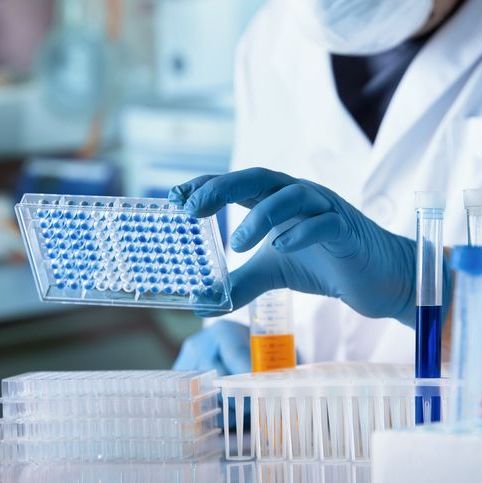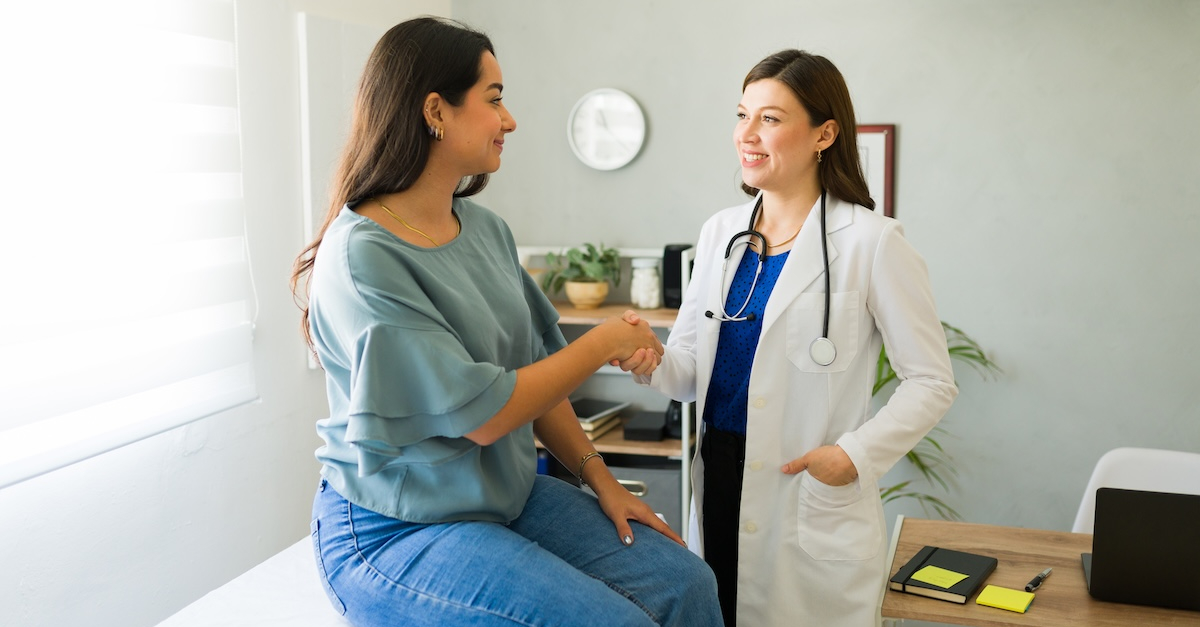AllCare's Dr. Sylvia Akenji appeared on "The Weekly Check-Up" on October 12 to inform listeners about the importance of having a primary care...
Athlete’s Foot Treatment in Georgia
Get Rid of Athlete’s Foot
Are you experiencing itchy toes and blisters in between them? Chances are you’ve got a case of tinea pedis, or as it’s more commonly called, athlete’s foot. Athlete’s foot is caused by ringworm, which is a fungal infection. While it usually starts between the toes, it can affect other parts of your feet, even spreading to your toenails and the soles of your feet. Symptoms are typically worse at night and when you remove your shoes and socks. For some, the discomfort may affect daily activities, including walking, exercising, and even sleeping.
At AllCare Primary & Immediate Care, our dedicated experts can provide a proper diagnosis and treatment plan to help relieve your athlete’s foot infection, prioritizing your comfort and well-being at every stage of your journey.
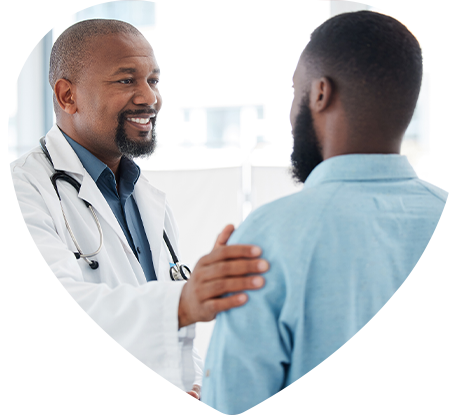
Why It’s Important to Treat Athlete’s Foot:
Our Approach to Athlete’s Foot & Foot Fungus
Contrary to the name, you don’t have to be an athlete to get athlete’s foot. The name comes from the fact that it’s usually found in places athletes are, like locker rooms, swimming pools, and public places. Athlete’s foot is a very common, highly contagious condition that can affect anyone exposed to the fungus, but it seems more prevalent in men and people over 60.
If you suspect you have athlete’s foot, the AllCare Primary & Immediate Care expert team of physicians can help diagnose your symptoms, as athlete’s foot can sometimes be mistaken for eczema, psoriasis, and other conditions that cause foot rashes. We’ll determine the cause of your rash and create a personalized plan to help relieve your athlete’s foot symptoms.
Athlete’s Foot Treatments Offered in Georgia
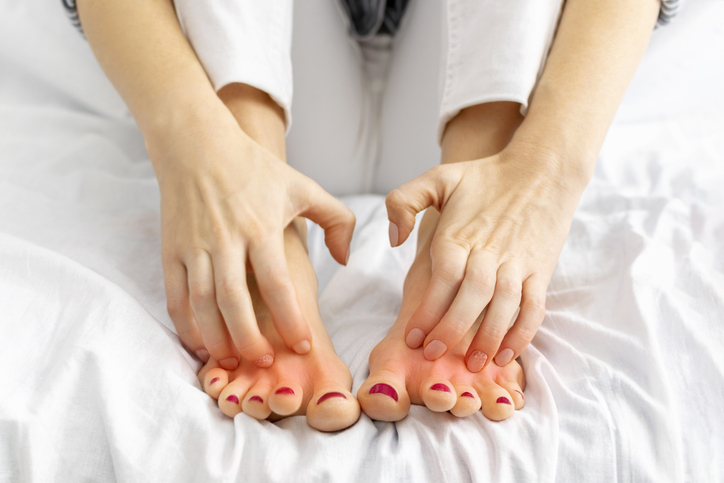
What Causes Athlete’s Foot
Several different fungi in the dermatophyte’s family cause athlete’s foot. These fungi can also cause ringworm and jock itch. Athlete’s foot is often spread through contact in public places used by large groups of people and through contact with an infected surface. Sharing towels, socks, or shoes with someone who has the condition can also spread the fungus. It also thrives in warm, moist environments, such as closed shoes, which can trap sweat and moisture, allowing the fungus to grow uncontrollably.
What Are Types of Athlete’s Foot Infections?
There are several types of athlete’s foot infections, depending on where your infection is, including:
- Toe Web Infection. This is the most common form of athlete’s foot. Some doctors may refer to it as an interdigital infection because it affects the skin between your fingers and toes. With this type of infection, you may feel a burning or itching sensation. Your skin may appear red or scaly. And you may notice a slight odor or discharge. In more severe cases, your skin may appear green.
- Moccasin Infection. This is when you have athlete’s foot on the bottom of your feet. The rash may even spread to your heel and up the side of your foot. This type of infections starts with sore feet for a few days, then the skin may thicken and crack. In rare cases, your toenails may become infected, making them brittle, and in some cases fall off.
- Vesicular Infection. This type of athlete’s foot can happen anywhere on your foot. The main symptom is tiny fluid-filled blisters, that resemble a type of eczema. The rash may feel painful, but if the blisters pop, you may get a bacterial infection and need antibiotics.
- Ulcerative infection. This is the rarest, and most severe, form of athlete’s foot, where open blisters appear on the toes and the foot. The ulcers may ooze, and your skin will be very inflamed and discolored. Because the ulcers are open and bacteria can enter them, you will need an antibiotic to treat this type of athlete’s foot.


Online Doctor Visits and Telehealth Services
Experience the convenience of telehealth appointments at AllCare Primary & Immediate Care. Our telemedicine services are designed to provide you with seamless access to healthcare without the need to leave your home. Whether you need an online doctor’s appointment for immediate or primary care, AllCare’s got you covered. With our online telehealth services currently available to individuals located in Georgia, you can connect with our experienced urgent and primary care physicians via secure video calls.
At AllCare Primary & Immediate Care, we are expanding our virtual healthcare access to all services previously offered in person. This includes:
Who Can Benefit from Athlete’s Foot Services
Anyone who is experiencing signs of athlete’s foot can benefit from our athlete’s foot treatment and services. Our experienced team can develop a personalized treatment plan to relieve athlete’s foot symptoms, helping you get the care and support you need as quickly as possible.
- Anyone who is experiencing signs of an infection including redness, swelling, red streaks, and oozing pus.
- People who have been diagnosed with diabetes or a weakened immune system, as your risk for infection increases.
- Those who have been using over-the-counter (OTC) treatments whose symptoms haven’t improved.
- Anyone experiencing severe pain.
- People whose infection has spread to other parts of their body like their hands or their groin.
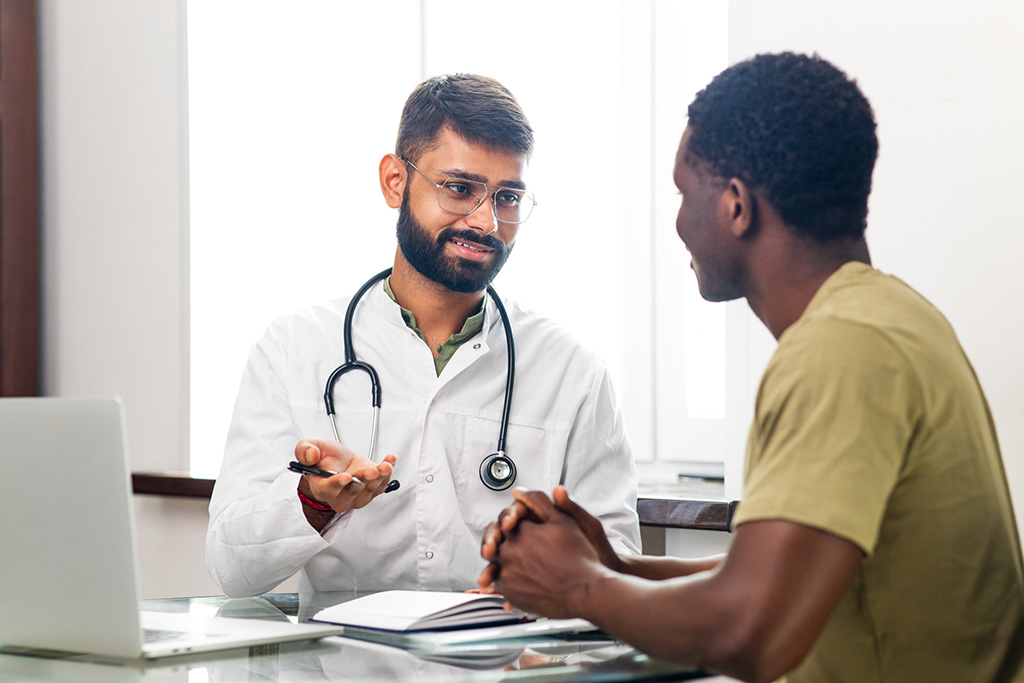
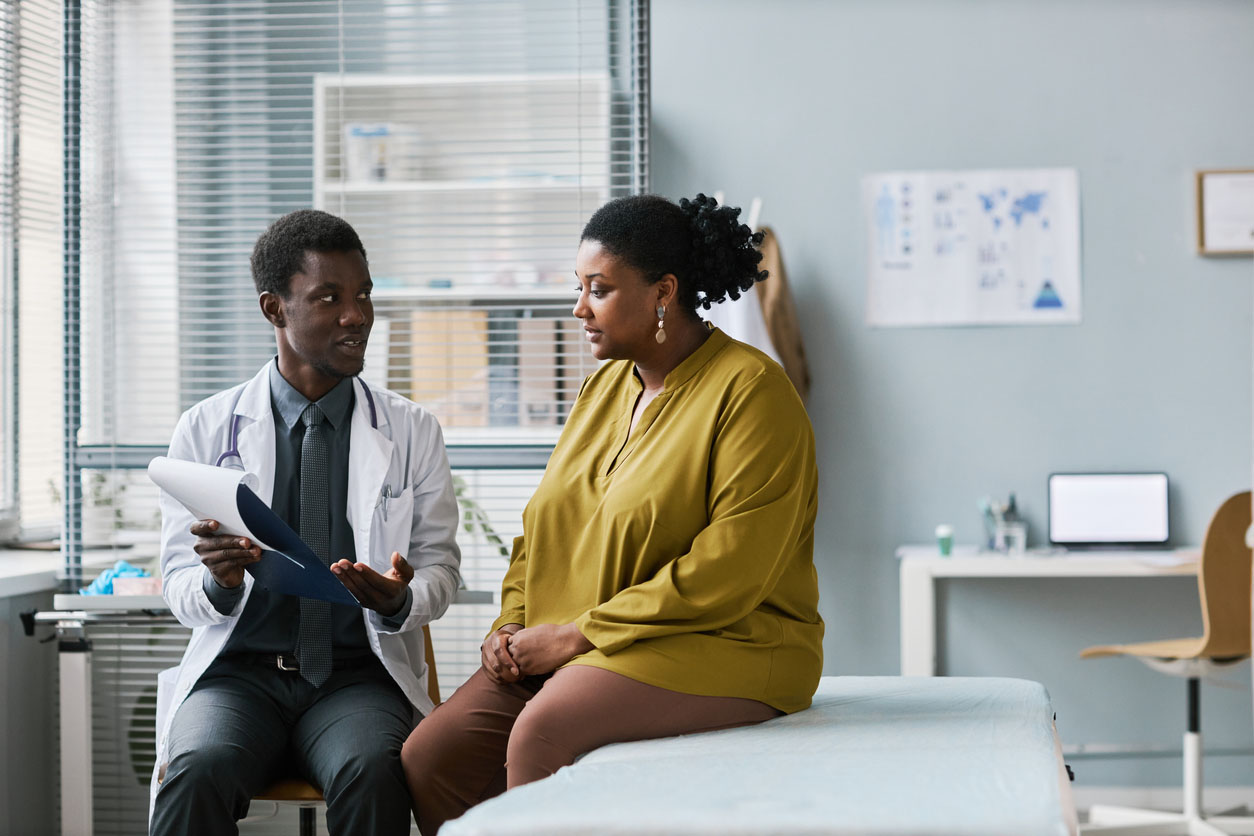
How to Get Treated for Athlete’s Foot at AllCare Primary & Immediate Care
We know how uncomfortable, painful, and irritating and you want to resolve your symptoms as quickly as possible. AllCare Primary & Immediate Care makes it convenient to get the diagnosis, treatment, and comprehensive care you need, simply by scheduling an appointment or visiting one of our urgent care centers.
- Schedule Your Appointment: Contact AllCare Primary & Immediate Care to schedule your athlete’s foot appointment or take advantage of our convenient walk-in services. You’ll be asked to provide essential information about your symptoms and medical history.
- Visit AllCare Primary & Immediate Care: Follow all instructions for your visit. Once here, our physicians will confirm your medical history and evaluate your symptoms.
- Get Your Personalized Treatment Plan: Our expert will perform any necessary examinations and tests and develop the best athlete’s foot treatment plan for you, that include may include medications, hygiene advice, prevention education and follow-up guidelines.
Frequently Asked Questions
Is athlete’s foot contagious?
Yes, athlete’s foot is contagious and can spread from person to person through contact with an infected person or surface. It can also spread to other parts of the body if someone touches the affected foot and another part of their body, like the hands.
Do I need to see a doctor for athlete’s foot?
While some over-the-counter medicines may relieve your athlete’s foot symptoms, it’s always a good practice to see your doctor to ensure you actually have athlete’s foot and not another skin condition that may mimic the same symptoms. Be sure to seek medical attention if you experience any of the following:
- If you have diabetes or an autoimmune disease like HIV.
- Your skin is red, purple, grey, or white, or if you are showing signs of infection including. pus or fever.
- Spread to other parts of your body.
- Causes symptoms that don’t improve even with foot fungus treatments.
What happens if I don’t treat my athlete’s foot?
While athlete’s foot isn’t dangerous, it won’t go away unless it’s treated with an antifungal medication. Untreated, athlete’s foot has the potential to spread beyond your feet to other parts of your body, including your toenails, hands, and groin. This spread can result in more widespread infections, which might require more extensive foot fungus treatment and could complicate the healing process.
Can I still exercise or swim if I have athlete’s foot?
Athlete’s foot shouldn’t stop you from working out, but you should take precautions. Including wearing cotton socks or shoes in changing rooms and be sure to always clean and dry your feet afterward and wash your socks in hot water as an added precaution. You should avoid swimming until your infection is clear to reduce the risk of spreading it.
Is there anything I can do to prevent athlete’s foot?
There are some steps to take to reduce your risk of getting athlete’s foot, including:
- Proper foot hygiene like washing your feet and the skin between your toes with an antibacterial soap.
- Drying your feet, and the skin between your toes after showering or swimming.
- Using talcum powder or an antifungal powder to absorb moisture.
- Let your shoes dry out at least 24 hours before wearing again
- Avoid wearing rubber or synthetic shoes and polyester socks for long periods of time.
- Wearing sandals or flip flops in communal areas like locker rooms, saunas, and showers
- Not sharing, towels, shoes, or socks
- Talk with your doctor if you are taking a antibiotics or other medications that might kill the good bacteria that normally control athlete’s foot fungus.
Can athlete’s foot be cured?
If you were wondering, yes, an athlete’s foot can be effectively cured with proper treatment. The condition is caused by a fungal infection, and several approaches can help eradicate it. By adhering to the mentioned treatments and preventive measures, athlete’s foot can be cured, and recurrence can be minimized. If over-the-counter treatments are ineffective or if the infection is severe, consult a healthcare provider for further evaluation and treatment.
Prioritize your health today:
schedule your athlete's foot treatment appointment
The Latest Healthcare News
Check out our blog to learn more from our team about the latest medical advancements, health tips, and primary care news.
Why You Actually Need a Primary Care Physician
In honor of National Primary Care week, we’re taking a look at the importance of having a primary care provider that you can trust–and access–as the...
AllCare Primary and Immediate Care Opens Location at Halcyon Development on August 27
Practice Delivers Easy-to-Access Care to Alpharetta Community, Open House to the Public on September 24 AllCare Primary and Immediate Care – an...
Related Services
Our related healthcare services extend beyond immediate care to include preventive care such as routine physical exams, chronic disease management for conditions like diabetes, and specialty care referrals for more complex health issues.


